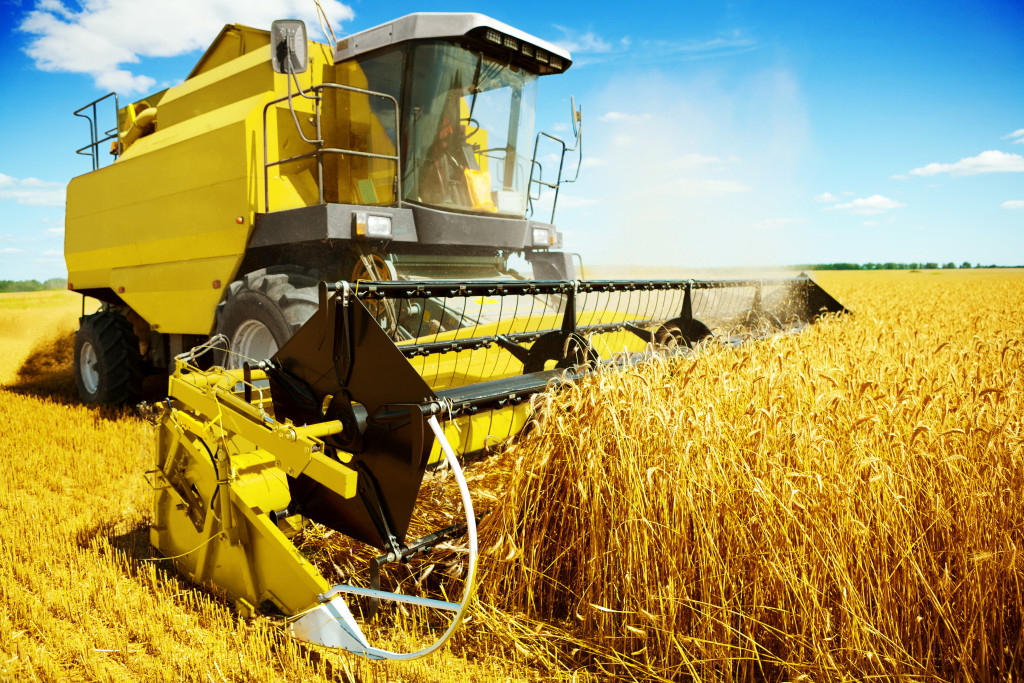- The U.S. agricultural industry faces many challenges, including climate change, pests, diseases, and poor management.
- Agricultural damage, costing billions annually, can result from extreme weather events and pest infestations.
- Poor land and water management, market risks, and inefficient irrigation practices contribute to agricultural damage.
- Farmers can mitigate damage by building storage areas, adopting sustainable practices, and utilizing technology.
- Diversifying crops and markets, education, and staying informed about trends can prevent agricultural damage.
Farming is at the heart of the global economy. It provides food and raw materials for a wide range of industries, not to mention supporting the livelihoods of millions of people worldwide. However, like any industry, agriculture is not without its challenges. Pests, disease, climate change, and poor land management practices are some of the leading causes of agricultural damage, which can lead to significant financial losses and have far-reaching impacts on communities and the environment. Here’s what you need to know about the industry, the leading reasons for agricultural damage, and how to prevent it in your business.
The Agricultural Industry in The U.S.
The agricultural industry is one of the largest industries in the U.S. It contributes about a trillion dollars to its GDP and employs nearly 2 million people. The U.S. is one of the world’s leading agricultural producers, producing various crops and livestock to meet the demand for food both domestically and internationally.
However, the industry suffers from agricultural damage yearly, costing farmers billions of dollars. Other causes of agricultural damage include hurricanes, floods, and pest infestations.
Leading Causes of Agricultural Damage
There are various causes of agricultural damage in the country. Here are some of them:
1. Climate Change
Climate change is one of the most significant threats to global agricultural production. Temperature and rainfall patterns can disrupt growing seasons, affect crop yields, and make it more difficult to control pests and diseases. Additionally, extreme weather events, such as floods, droughts, and heat waves, can cause widespread crop damage and put food security at risk.

2. Pest and Disease Control
Pests and diseases have long been a challenge for farmers, but the rise of global trade and climate change has made it more challenging to control their spread. Invasive species can quickly decimate crops and cause enormous financial losses, while diseases such as Fusarium and African swine fever can wipe out entire livestock herds.
3. Land Management Practices
Poor land management practices can lead to soil erosion, nutrient depletion, and water pollution, harming crops and reducing yields. Overuse of chemical fertilizers and pesticides can also long-term impact soil health and biodiversity.
4. Market and Financial Risks
The agricultural industry is subject to fluctuations in the global market and changing consumer preferences, which can create financial risks for farmers and business owners. For example, a sudden drop in commodity prices can lead to significant losses for producers, while increasing consumer awareness of ethical and sustainable practices can lead to changes in demand. Mitigating these risks often requires careful risk management strategies, such as crop insurance, diversification of crops and markets, and investment in sustainable practices.
5. Water Management
Water is a precious resource, yet inefficient irrigation practices can lead to water waste and soil degradation. The over-extraction of groundwater can lead to land subsidence and saltwater intrusion, further damaging crops and the environment.
Ways to Prevent Agricultural Damage
While agricultural damage can have devastating impacts, there are several steps farmers and businesses can take to mitigate these risks and promote sustainable practices:

Build a Storage Area
You must have a place to store your agricultural equipment and supplies to protect them from harsh weather conditions. Robust agricultural pole buildings are an excellent option, providing a secure and durable storage space for your machinery, tools, and chemicals.
Adopt Sustainable Practices
Introducing sustainable practices such as crop rotation, cover cropping, and integrated pest management can help reduce the impact of climate change on agriculture while promoting soil health and biodiversity. These practices can also help to improve crop resilience against pests and diseases, reducing the need for chemical inputs.
Invest in Technology
Advancements in technology have made it easier to monitor crops, detect pests and diseases, and manage irrigation more efficiently. Investing in these technologies can help farmers make data-driven decisions and mitigate crop risks.
Diversify Crops and Markets
Diversifying crops and markets can help mitigate the risks of crop failure or market fluctuations. It also allows farmers to tap into new opportunities and meet changing consumer demands.
Educate Yourself
Staying informed about the latest agricultural research, best practices, and policies can help you make more strategic decisions for your business. Attend workshops, conferences, and online courses to learn about new techniques, technologies, and policies that can help you prevent agricultural damage.
While the agricultural industry faces many challenges, ways to mitigate risks and promote sustainable practices exist. Farmers can protect their crops and businesses by adopting these strategies and contribute to a more resilient and sustainable food system. This can lead to a healthier environment, stronger communities, and a more robust and secure global economy.
